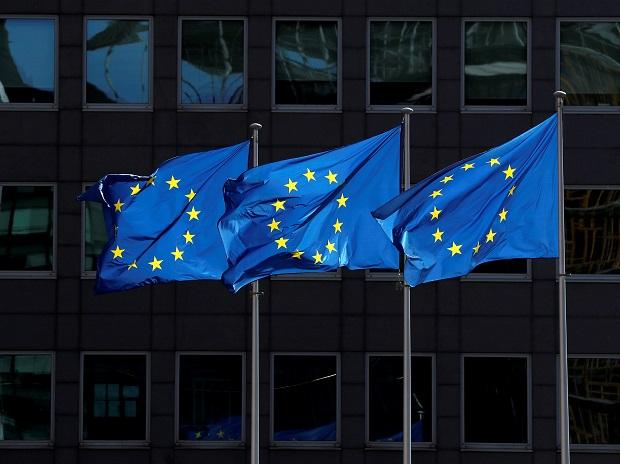EU unveils climate masterplan to ‘give humanity a fighting chance’

The European Union on Wednesday unveiled sweeping new legislation to help meet its pledge to cut emissions of the gases that cause global warming by 55 per cent over this decade, including a controversial plan to tax foreign companies for the pollution they cause.
The proposals by the EU’s executive branch, the European Commission, range from the de-facto phasing out of gasoline and diesel cars by 2035 to new national limits on gases from heating buildings.
They will involve a revamp of the bloc’s emissions trading scheme under which companies pay for carbon dioxide they emit and introduce taxes on shipping and aviation fuels for the first time.
The new legislation will involve around a dozen major proposals most of them building on laws already in place to meet the EU’s old goal of a 40 per cent cut in gas emissions by 2030, compared to 1990 levels and must be endorsed by the 27 member countries and EU lawmakers.
World leaders agreed six years ago in Paris to keep the global warming increase to below 2 degrees Celsius (3.6 degrees Fahrenheit), and ideally no more than 1.5 degrees C (2.7 F) by the end of the century. Scientists say both goals will be missed by a wide margin unless drastic steps are taken to begin cutting greenhouse gas emissions.
The principle is simple: emission of CO2 must have a price; a price on CO2 that incentivizes consumers, producers and innovators to choose the clean technologies, to go toward the clean and sustainable products, European Commission President Ursula von der Leyen said.
The commission wants to exploit the public mood for change provoked by the COVID-19 pandemic. It’s already channeling more than a third of a massive recovery package aimed at reviving European economies ravaged by coronavirus restrictions into climate-oriented goals.
The aim of the Fit for 55 legislation, commission officials say, is to ween the continent off fossil fuels and take better care of the environment by policy design, rather than be forced into desperate measures at some future climatic tipping point, when it’s all but too late.
The infernos and hurricanes we have seen over the last few weeks are only a very small window into what our future could look like. But by acting now, when we still have the policy choices, we can do things another way, von der Leyen told reporters.
European Commission Executive Vice-President Frans Timmermans said that by failing to act now, “we would fail our children and grandchildren, who in my view, if we don’t fix this, will be fighting wars over water and food.
Given the implications, the proposals are certain to be subject to intense lobbying from industry and environmental groups as they pass through the legislative process over at least the next year.
They’ll also be met with resistance because of the very different energy mixes in member countries, ranging from coal-reliant Poland to nuclear-dependent France.
Among the most controversial elements is a plan for a Carbon Border Adjustment Mechanism. It will impose duties on foreign companies, and so increase the price of certain goods, notably steel, aluminum, concrete and fertilizer.
The aim is to ease pressure on European producers that cut emissions but struggle to compete with importers that don’t have the same environmental restrictions.
The question is how the EU known for its staunch defense of open trade will ensure that the carbon tax will comply with World Trade Organization rules and not be considered a protectionist measure.
Another concern is the need to help those likely to be hit by rising energy prices, and the commission is proposing to set up a social climate fund worth several billion euros to help those who might be hardest hit.
This fund will support income and it will support investments to tackle energy poverty and to cut bills for vulnerable households and small businesses, von der Leyen said.
It’s likely many won’t be able to afford zero-emission cars after 2035. Under Fit for 55, a drastic acceleration in sales of battery-powered cars is likely as the EU aims for a 100per cent reduction in auto emissions of C02. The new measures will start to bite in the next several years, with a 55per cent reduction in average fleet carbon dioxide emissions by 2030 compared to 2021.
(Only the headline and picture of this report may have been reworked by the Business Standard staff; the rest of the content is auto-generated from a syndicated feed.)
business-standard.com

